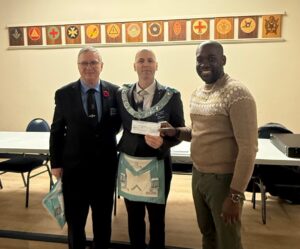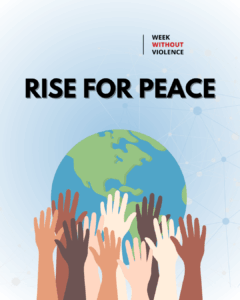May 5 is Red Dress Day, a day which honours the spirits of Missing and Murdered Indigenous Women, Girls and Two-Spirit people (MMIWG2S+). The red dresses act as a visual reminder of all of the missing women, girls, and Two-Spirit people.
Jaime Black, a Métis artist, was the driving force behind the Red Dress movement.
Her REDdress art installation inspired a grassroots movement across North America that has evolved into Red Dress Day — a visual symbol of the grief and loss suffered by victims’ families and survivors, bringing awareness to the genocidal crisis of Missing and Murdered Indigenous women.
Black created the art installation, which consisted of 600 community-donated crimson dresses that were placed in public areas throughout Winnipeg and later across Canada, to draw attention to the gendered and racialized nature of violent crimes against Indigenous women and to evoke a presence through the marking of absence.
Black chose the colour red after conversations with an Indigenous friend who told her red is the only colour the spirits can see.
"So (red) is really a calling back of the spirits of these women and allowing them a chance to be among us and have their voices heard through their family members and community."
Jaime Black
Black has also suggested red “relates to our lifeblood and that connection between all of us” and that it symbolizes both vitality and violence. The dresses are empty, so that they evoke the missing women who should be wearing them.
The discrimination, racism and inequality left by the legacy of residential schools, the 60s scoop and ongoing colonization affect women and people of colour the most. We must move forward to end the violence against MMIWG2S+.
This day is meant to raise awareness about the ongoing harm and remembering those who have gone missing or died. Here are some of the ways you can help:
Staying educated and up to date
- Learn about Indigenous Canadian history from the Indigenous perspective.
- Read the final report from the National Inquiry.
- Listen to the truths shared.
- Acknowledge human and Indigenous rights violation and their impact.
Become an ally
- Continue to educate yourself.
- Support others in every relationship and encounter you take part in.
- Support the community – Amplify the voices of BIPOC.
- Be respectfully active in the community.
- Actively work to break down barriers.
- Speak out against racism, sexism, ignorance, homophobia and transphobia in the home, work, and community.
- Teach or encourage others to do the same.
- Call on your elected officials to move forward with the 231 Calls for Justice.
Check out our Truth & Reconciliation Resource List.


